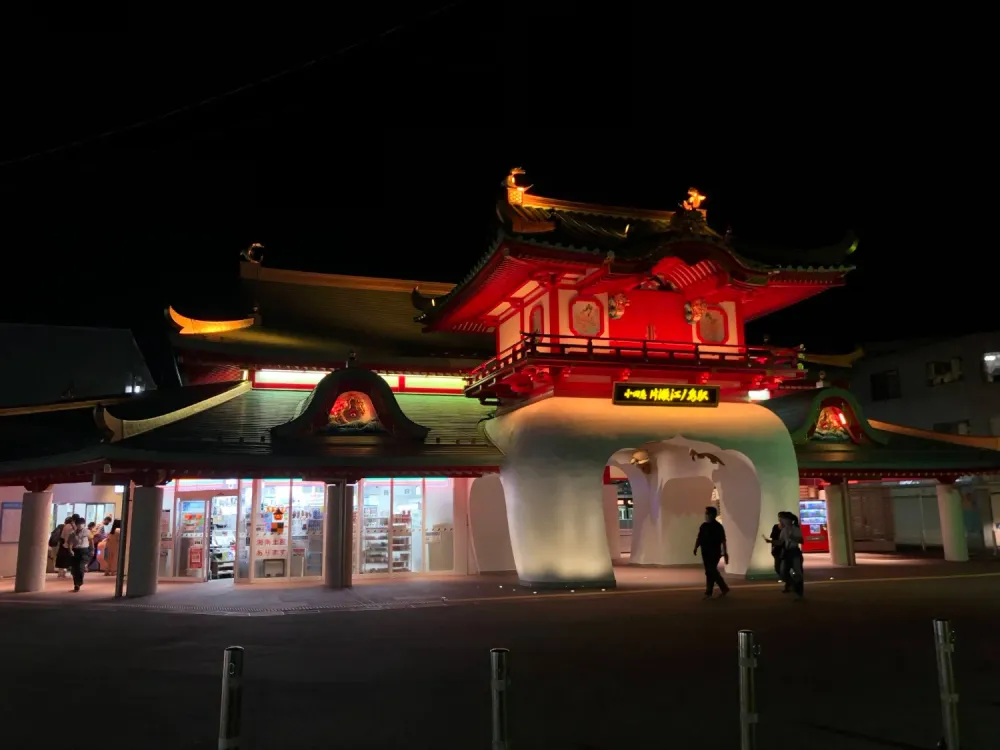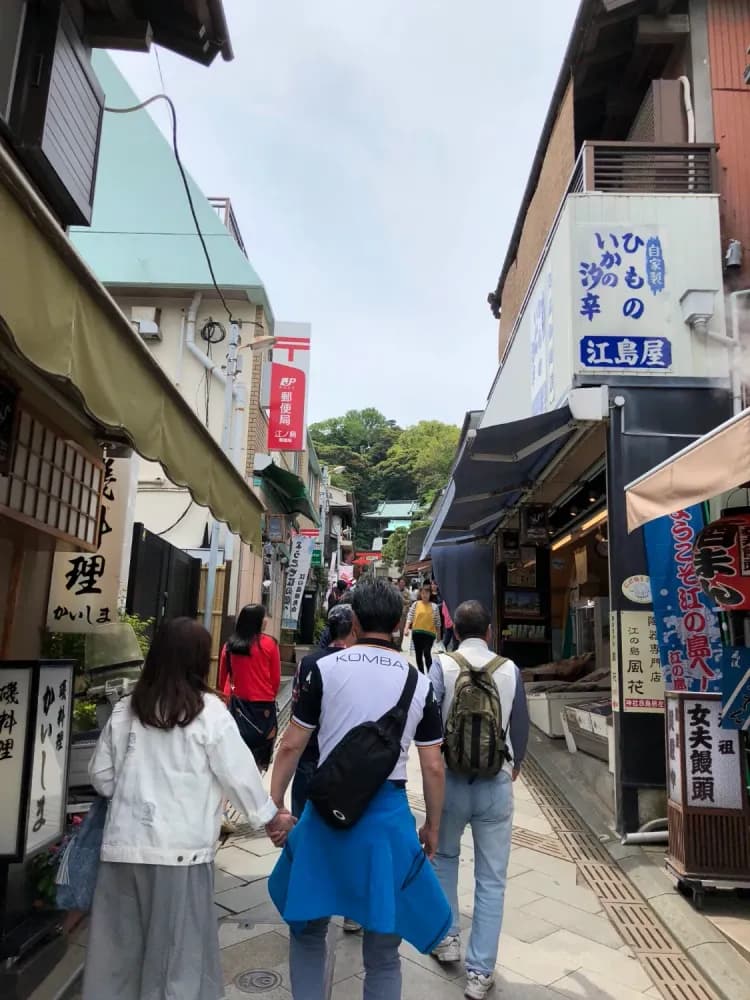Enoshima Aquarium is our favourite, and in our opinion, the Best Aquarium near Tokyo. We've visited most of the aquariums in Tokyo, many of them are located within shopping malls and are generally pretty small. On the other hand, Enoshima Aquarium strikes you with a sense of awe from the moment you step in. Especially since it's a relatively newly built aquarium, a lot of attention has been paid to the visitor experience and how visitors can discover the wonders of marine life and also the conservation efforts in the nearby Sagami Bay.
When you first enter the Enoshima Aquarium, you start from an above-water-level view of the main Sagami Bay Huge Tank, before you walk down a slow descending underwater. Making for a great experiential transition from seeing the same scenery you would see just outside the aquarium, to descending downwards to discover the wonders that lay beneath the waves. This type of design thinking is constantly present throughout the aquarium, engaging visitors, and designing exhibits to inform and excite both adults and children alike.
One of the most striking areas is a large open atrium right in front of a gigantic window that lets you peer into the main Sagami Bay Huge Tank, as you can view an almost panoramic view of what the Sagami Bay sea bed would look like. There you can observe all sorts of marine life interacting with one another, including a large school of iwashi (イワシ, Sardine) swirling around in the tank. There's a lot of attention paid to replicating the real Sagami Bay within this artificial enclosure, and you can definitely tell the love that the aquarium staff have for marine creatures.
The Deep Sea exhibits within the Enoshima Aquarium are also fascinating, as the Deep Sea is still a relatively unknown area of the Earth due to the difficulty in observing it due to low light and high water pressure conditions. So here you can view many rare marine creatures from the deep sea that you wouldn't usually be able to find in a regular aquarium, and how they differ from their typical counterparts. Furthermore, you can see a real-life research submarine, the Shinkai 2000, that has retired from active duty and is now displayed in this aquarium in all its glory.
One of the more interesting sections in the aquarium is also dedicated to the marine biology research conducted by the Japanese Imperial Family (皇室, Kōshitsu) over the years, starting from Emperor Showa, and continuing down to members of the Imperial Family today.
We personally really enjoyed the river otter exhibit as well, as you watch this beautifully designed replica of rivers in Southeast Asia with the otters playfully running about, sliding down water slides, and just having a good time. The dolphin show is also fascinating and fun to watch, and you can see firsthand the bond that the dolphin and their trainers share.
The Capyabara Exhibit also allows you to feed the capybara on display for a fixed fee. So check that out if you want a unique memorable experience.
We understand that some people have an apprehension towards aquariums, but one of the things that strikes us about Enoshima Aquarium is that you can really see the care that the staff have for the creatures that live there, and the liveliness and happy nature of the creatures themselves. It's really a joyful and fun place that we enjoy returning to, and would recommend it for both adults and children alike.
















